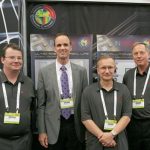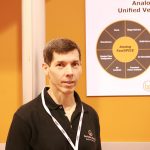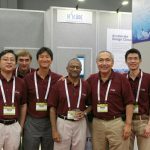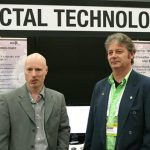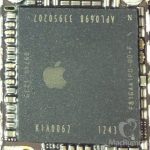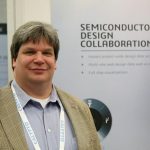I listened to Dan Niles’s quarterly report that he does for GSA. He had a lot of the usual background data on savings rates and GDP growth, but the big story is that everything changed on May 22nd and that this will turn out to be a very significant moment. That was the day that the Fed basically announced that it would start to “taper” its bond buying. It would still be printing money to stimulate the economy but it would gradually start to print less.
I haven’t seen anyone who expected what happened next. Interest rates leapt up. Dan’s view is that the economy in the US (and in some other countries) is addicted to pain killers (stimulus) and you only find out just how addicted when you start to try and cut back and the medicine is “tapered”.
This has global significance. With interest rates at essentially zero (who’s happy with the interest on their savings account at the bank) money had moved into emerging markets where interest rates were much higher, the so-called carry-trade. Now, as US interest rates start to rise the bond market is ending a 31-year bull market (if interest rates fall then bonds rise since it is worth more to already own bonds that have the higher old interest rate than new bonds at the low rate). This means it is more attractive to bring money back from emerging markets. The dollar will get stronger. As a result, commodity prices will decline. Housing market will slow due to higher mortgage rates. This will have some effect on unemployment.
This is already causing problems in emerging markets. China is trying to shut down its shadow banking sector (the non SOE banks and insurance companies). Brazil is having a million people riot and is fighting both inflation and anemic growth. India is also battling high inflation and low growth. Russia has anemic growth and terrible demographics. Japan is looking better but has 200% GDP of debt, shrinking population, and a low savings rate (since the population is so old and now living off savings). Europe is in recession but the risk of the Euro imploding seems to have gone away for now, although that could change quickly.
Interest rates are still not where they should be. The rule of thumb is that they should be around 2% above the rate of inflation, to cover the risk premium. Inflation is about 1.5% so interest rates should be 3.5% and currently they are 2.5%. So there is more disruption to come.
None of this looks good for the semiconductor market which, basically, grows as fast as world GDP over any reasonable time period. And there are a couple of other hiccups. The PC market is shrinking and there seems no reason to assume that a new release of Windows 8 or Haswell will fix it. This shows up in low demand and growing inventories.
Growth in tablet computers remains strong but at a much lower price point. Growth in the high end of the smartphone market is also down as the market gets saturated. However, there is huge growth in the mid/low range smartphones in places like China. Don’t forget how big China Mobile is. AT&T+Verizon+Tmobile+Sprint…then double it…still not as big as China Mobile. IT spending should outpace GDP growth…but GDP growth is so weak that is not saying much, driven by cellular buildout of next generation infrastructure.
So, semiconductor sales have been flat for 3 years due to poor global GDP growth and this looks set to continue.
Luckily, capex in semiconductor has been somewhat limited which means that prices should stay reasonably firm since there has not been a huge buildup in overcapacity. But even so, semiconductor demand forecasts seem to be out of step with global industrial growth due largely to optimism. If we build it, they will come.
The end result: the situation is the most unpredictable since 2008.


